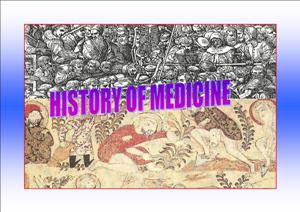Wheat protein
Cereals are a major source of dietary proteins for humans. Wheat is an important and usually healthy staple food for human and animal nutrition. It provides about 20% of the daily required amount of protein when consumed with 100 to 150 g of wheat flour.
Plant protein composition is determined by nutrient availability for the plant during growth until plant harvest. In addition, the nutrient use efficiency is important in order to hinder nutrient leakage in seas and lakes and due to the decreased cost of fertilizer for the farmer. Wheat protein content is an important consideration for all end products (uses of wheat) from bread baking to noodles, paste, cakes, and biscuits.
According to Dr. Thomas Burr Osborne (1907), US scientist, wheat protein can be classified based on solubility and functionality. Proteins were divided into three major types: simple, conjugated and derived.
The proteins present in plant tissues were “simple” and comprised of four major types:
~ albumins (soluble in water and dilute buffers)
~ globulins (soluble in salt solutions)
~ prolamins (soluble in 70 - 90% ethanol)
~ glutelins (soluble in dilute acid or alkali)
Albumins and globulins of wheat endosperm represent 20% to 25% of total grain proteins. They are soluble proteins, mainly enzymes and proteins involved in cell functions. Nutritionally, the albumins and globulins (non-glutens) have a very good amino acid balance.
Albumins in wheat are important as nutrients containing high content of essential amino acids such as lysine, tryptophan, methionine, and also asparagine, glutamine, arginine, and proline in comparison to storage proteins-glutenins and gliadins.
Prolamins are the major storage protein in cereals except for rice and oats, where glutelins and globulins are the major proteins. Prolamins are assigned trivial names according to the species of origin, such as gliadin (wheat), hordein (barley), zein (maize), secalin (rye) or avenin (oat).
Gliadin and glutenin together represent about 80% of the total proteins in flour and are present in approximately equal amounts. They tend to be rich in asparagine, glutamine, arginine or proline but very low in nutritionally important amino acids lysine, tryptophan and methionine.
Wheat protein








